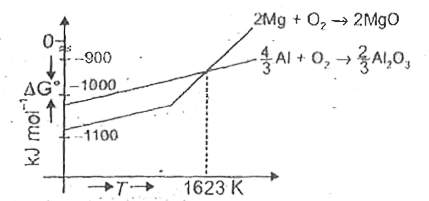Which of the following statement is correct w.r.t runner in grasses.
Short horizontal branch producing cluster of leaves above and cluster of roots below.
Lateral branch creeps below the soil surface and grows obliquely upward.
Elongated, prostrate, subaerial branch with short internodes
Elongated, prostrate, subaerial branch with long internodes and have adventitious roots at nodes.
The correct Answer is:D
To determine which statement is correct with respect to runners in grasses, we need to analyze each option provided in the question.
1. Understanding Runners: Runners are specialized stems that grow horizontally above or just below the soil surface. They are a form of vegetative reproduction.
2. Analyzing Each Option:
- Option A: "Short horizontal branch producing a cluster of leaves above and a cluster of roots below."
- This description fits the concept of offsets, which is not the same as runners. Offsets typically produce a cluster of leaves and roots but do not spread horizontally like runners.
- Option B: "Lateral branch creeps below the soil surface and grows obliquely upward."
- This describes suckers, which are different from runners. Suckers grow from the underground parts of the plant and emerge to form new plants, but they do not fit the definition of runners.
- Option C: "Elongated prostrate subareal branch with short internodes."
- This describes a type of stem but does not accurately represent runners, which are characterized by their ability to spread and produce new plants.
- Option D: "Elongated prostrate subareal branch with long internodes and have adventitious roots at nodes."
- This accurately describes runners in grasses. Runners are elongated, grow horizontally, and can produce new plants at their nodes, which may develop adventitious roots.
3. Conclusion: After analyzing all the options, the correct statement regarding runners in grasses is Option D.
Final Answer:
The correct statement with respect to runners in grasses is Option D: "Elongated prostrate subareal branch with long internodes and have adventitious roots at nodes."
---
- Option A: "Short horizontal branch producing a cluster of leaves above and a cluster of roots below."
- This description fits the concept of offsets, which is not the same as runners. Offsets typically produce a cluster of leaves and roots but do not spread horizontally like runners.
- Option B: "Lateral branch creeps below the soil surface and grows obliquely upward."
- This describes suckers, which are different from runners. Suckers grow from the underground parts of the plant and emerge to form new plants, but they do not fit the definition of runners.
- Option C: "Elongated prostrate subareal branch with short internodes."
- This describes a type of stem but does not accurately represent runners, which are characterized by their ability to spread and produce new plants.
- Option D: "Elongated prostrate subareal branch with long internodes and have adventitious roots at nodes."
- This accurately describes runners in grasses. Runners are elongated, grow horizontally, and can produce new plants at their nodes, which may develop adventitious roots.
The correct statement with respect to runners in grasses is Option D: "Elongated prostrate subareal branch with long internodes and have adventitious roots at nodes."
Topper's Solved these Questions
Similar Questions
Which of the following statement is incorrect w.r.t. ribs?
View SolutionWhich of the following statement is incorrect w.r.t. MALT?
View SolutionWhich of the following statement is incorrect w.r.t. inbreeding?
View SolutionWhich of the following statement is incorrect w.r.t. inbreeding?
View SolutionWhich of the following statement is correct w.r.t. the following graph ?

View SolutionWhich of the following statement is correct w.r.t. the following graph?

View SolutionWhich one of the following statements is correct?
View SolutionWhich of the following statement is correct w.r.t. fovea centralis?
View SolutionWhich of the following statements is correct w.r.t. neuroglial cells?
View SolutionWhich of the following statement is true w.r.t. fishes?
View Solution
